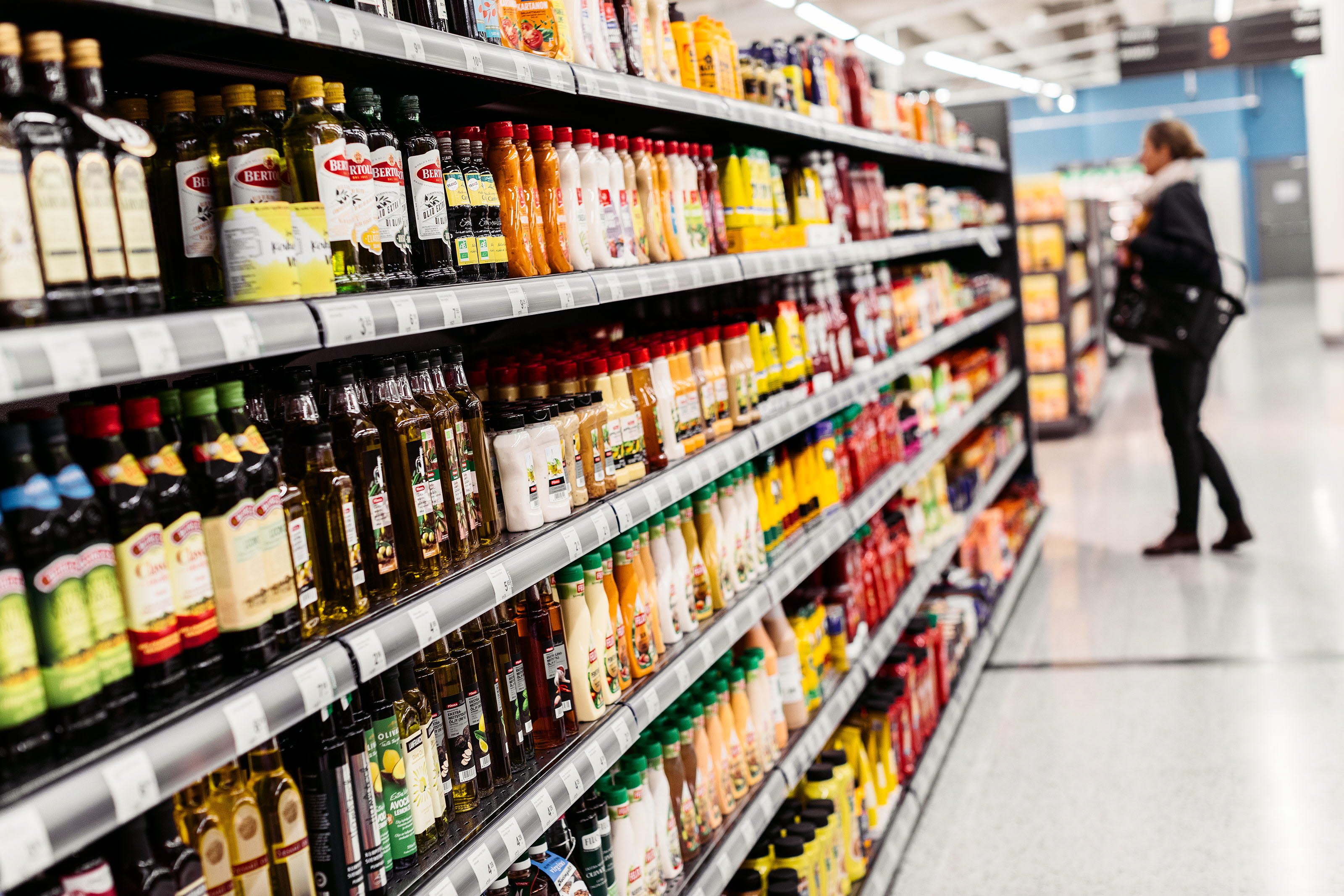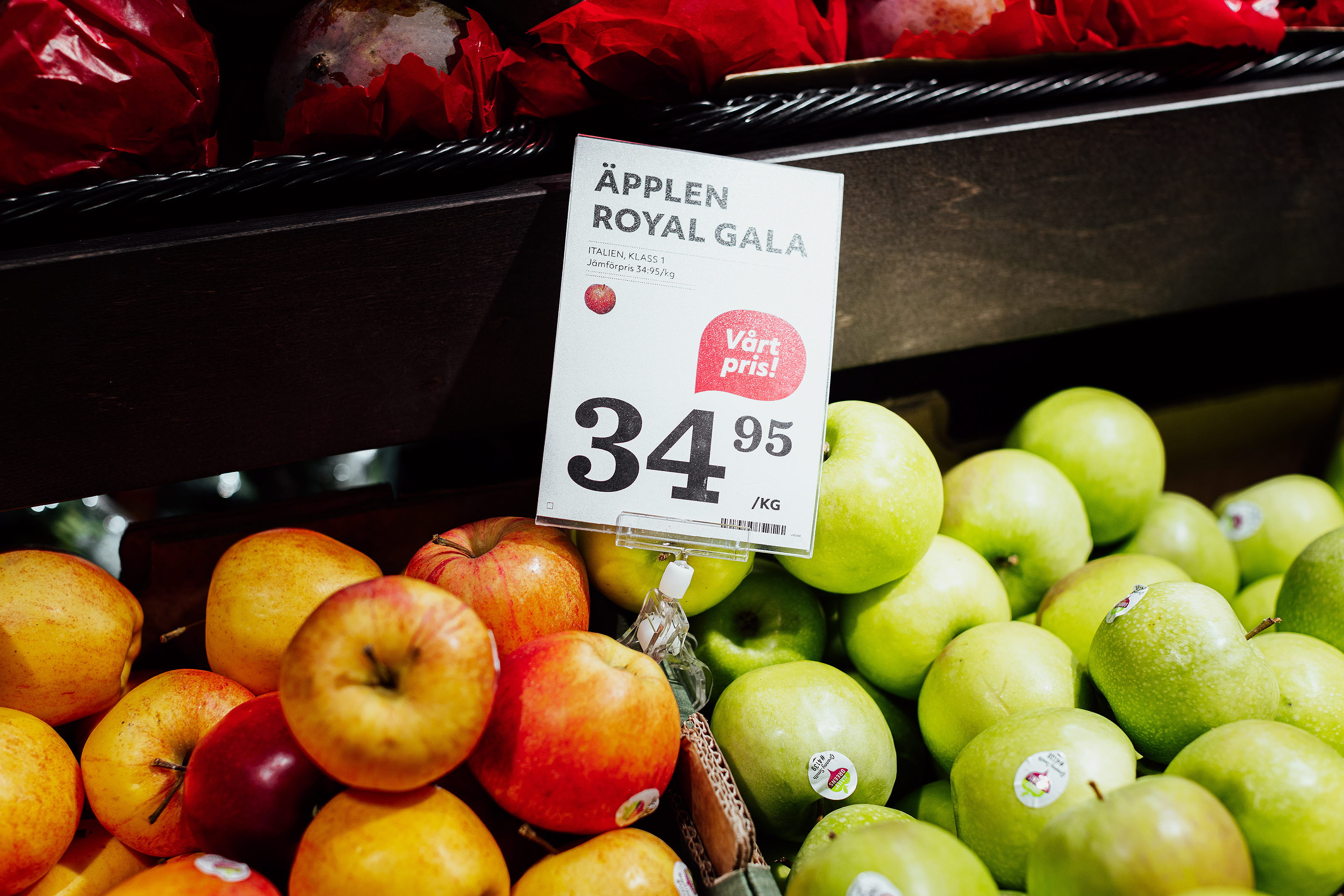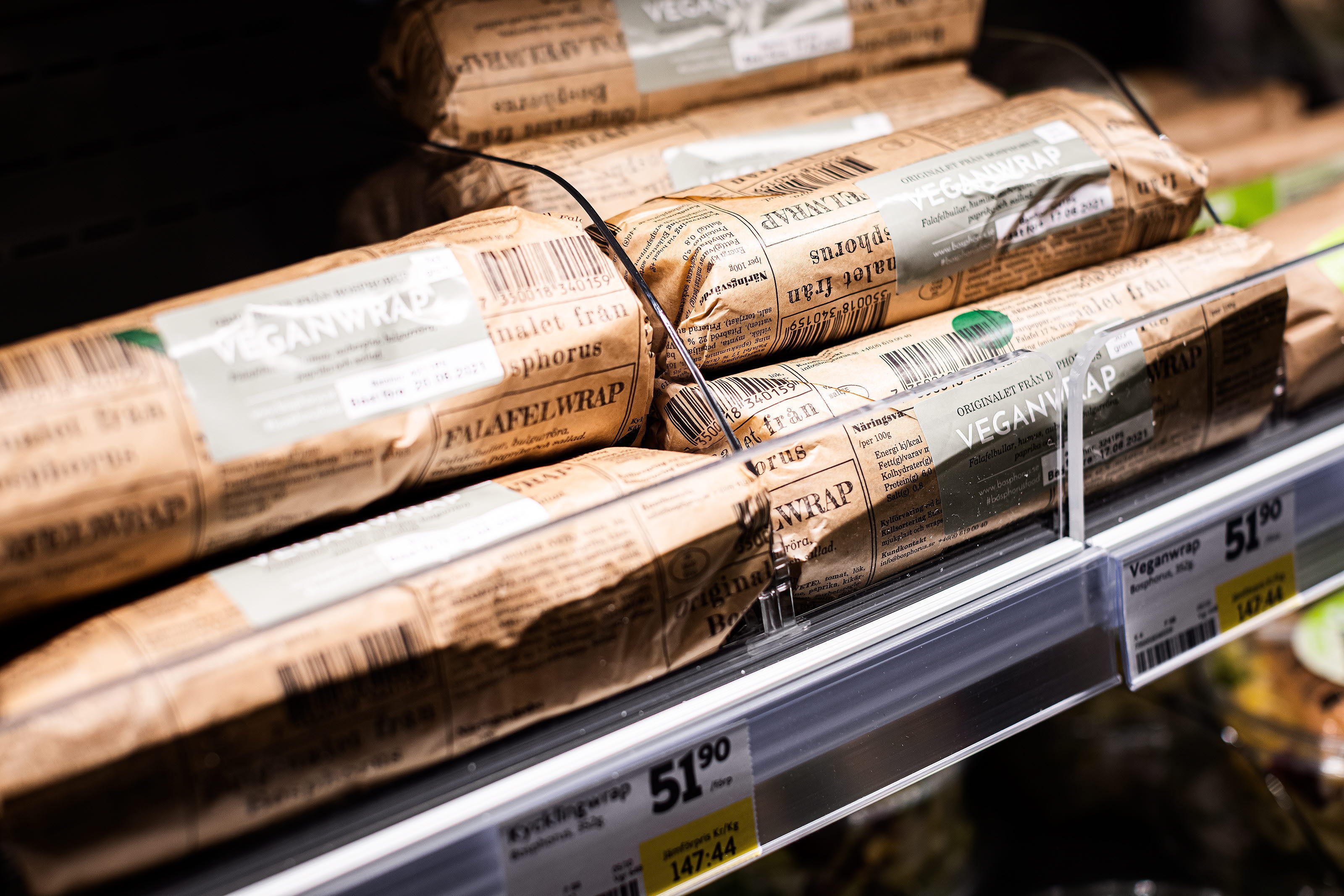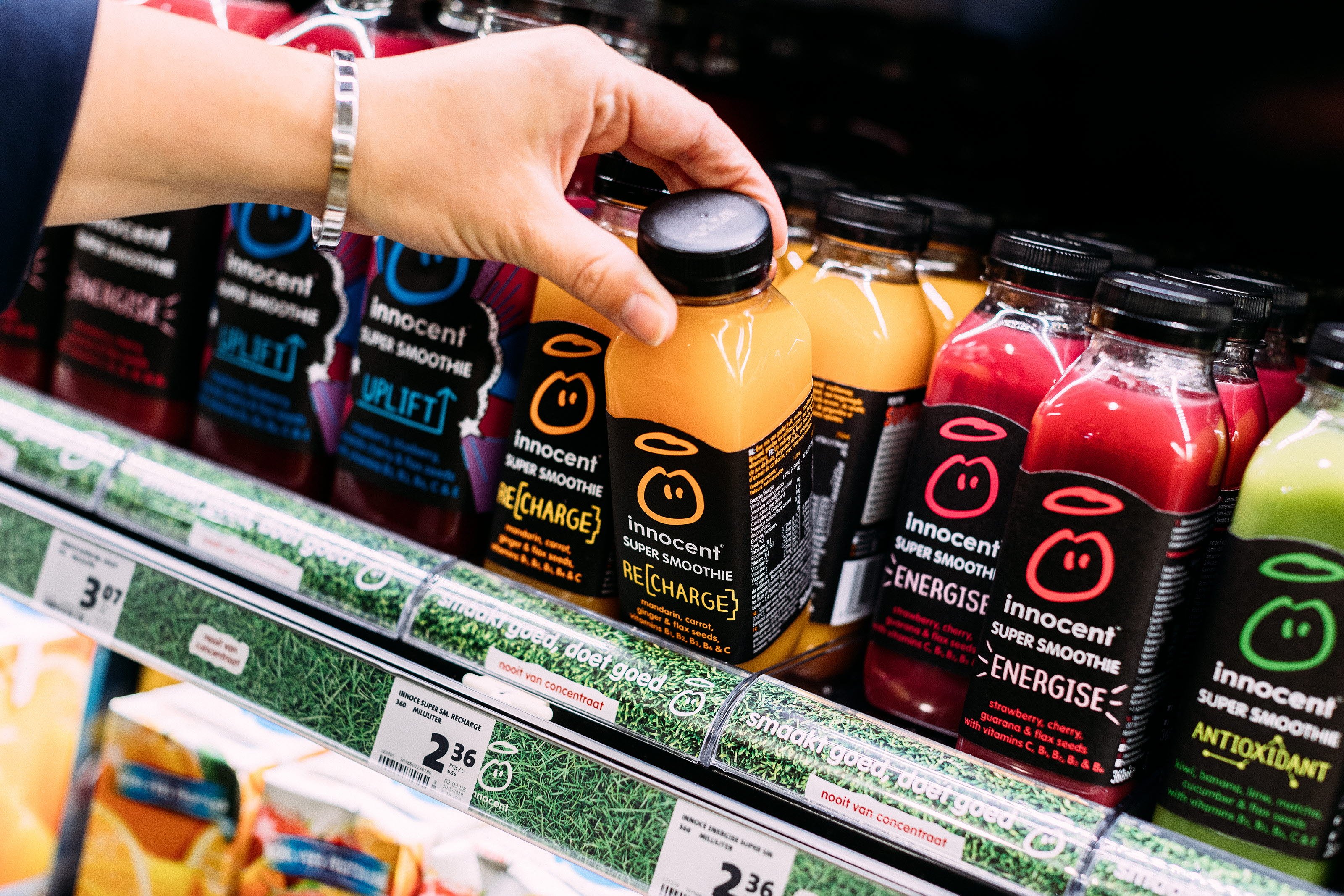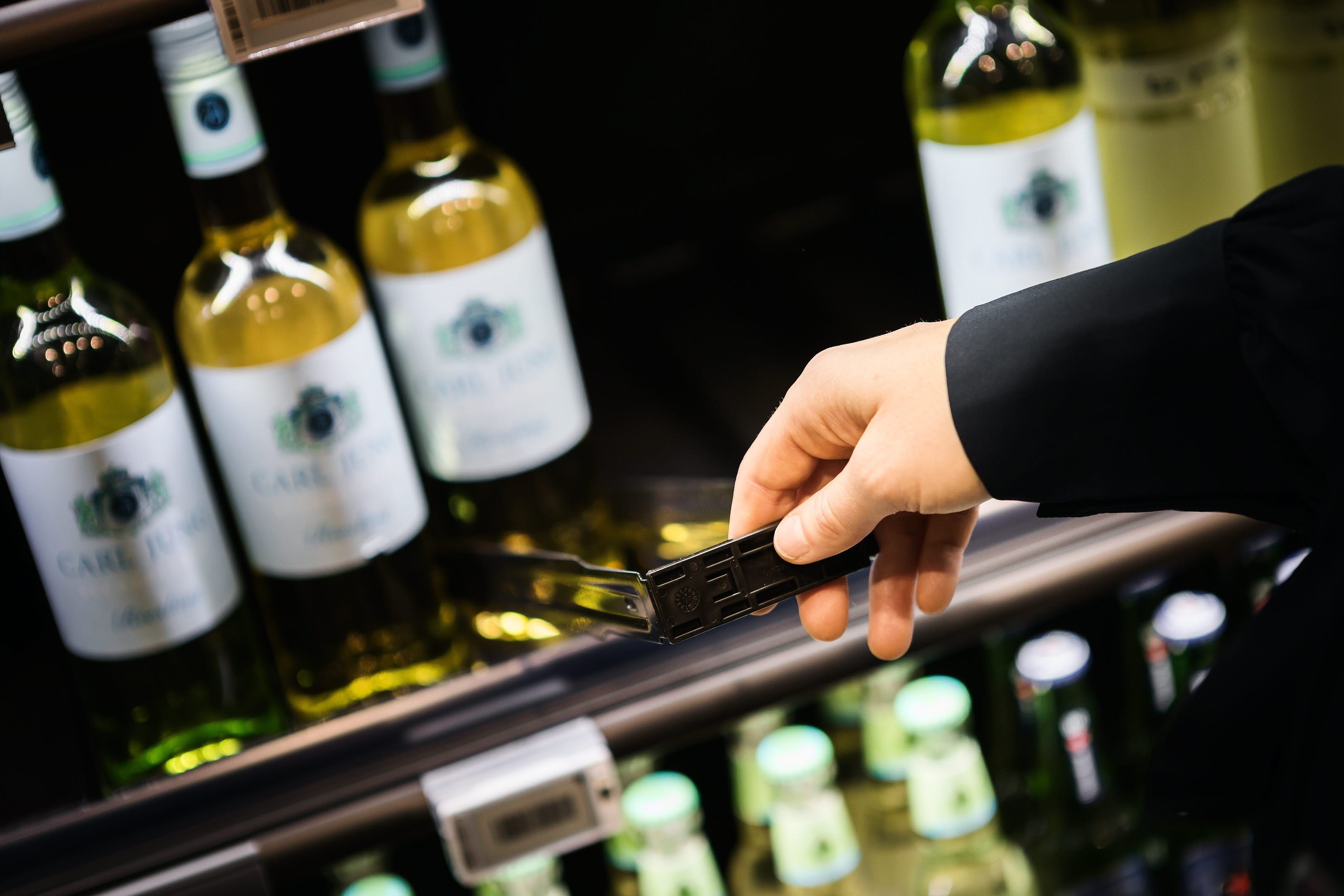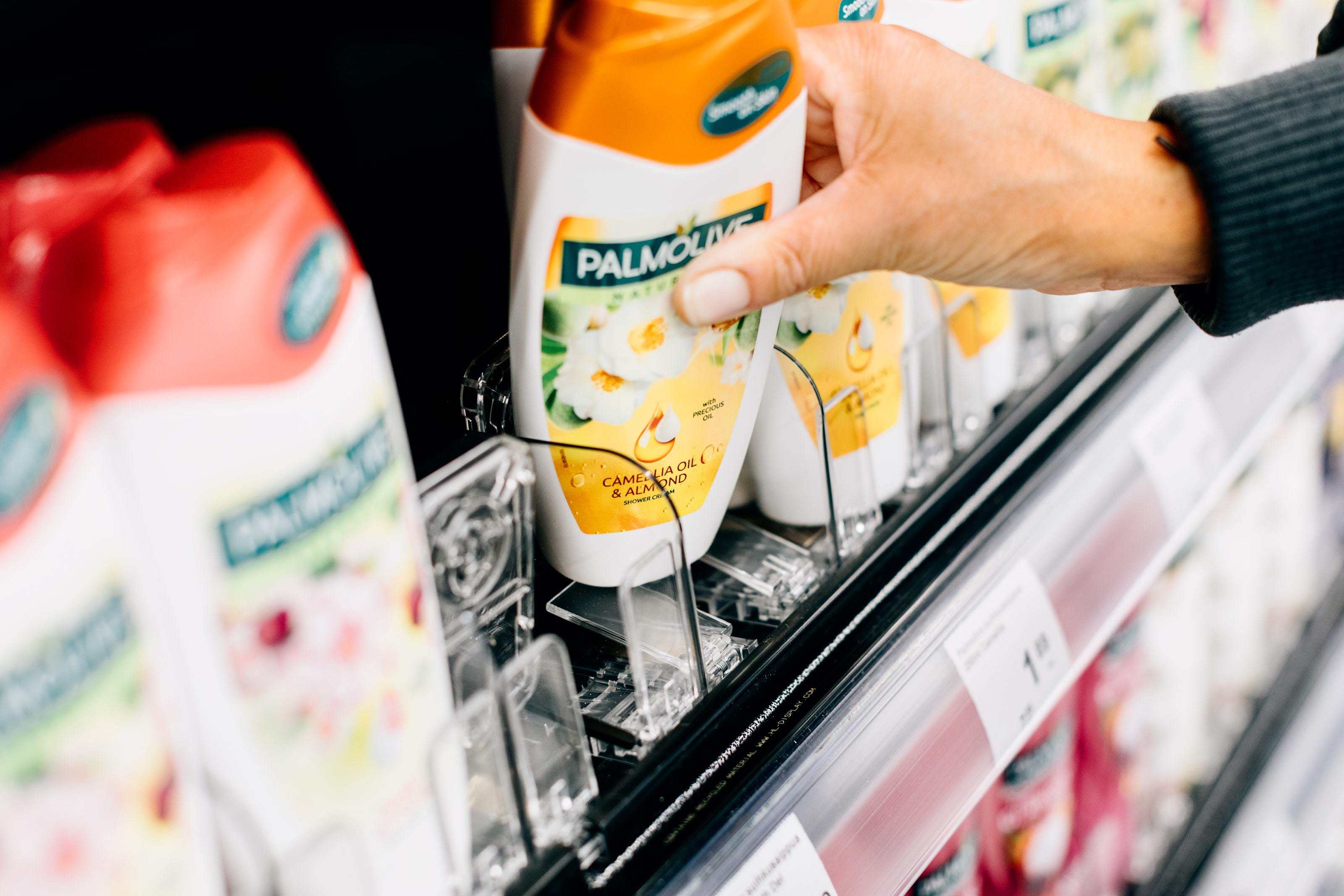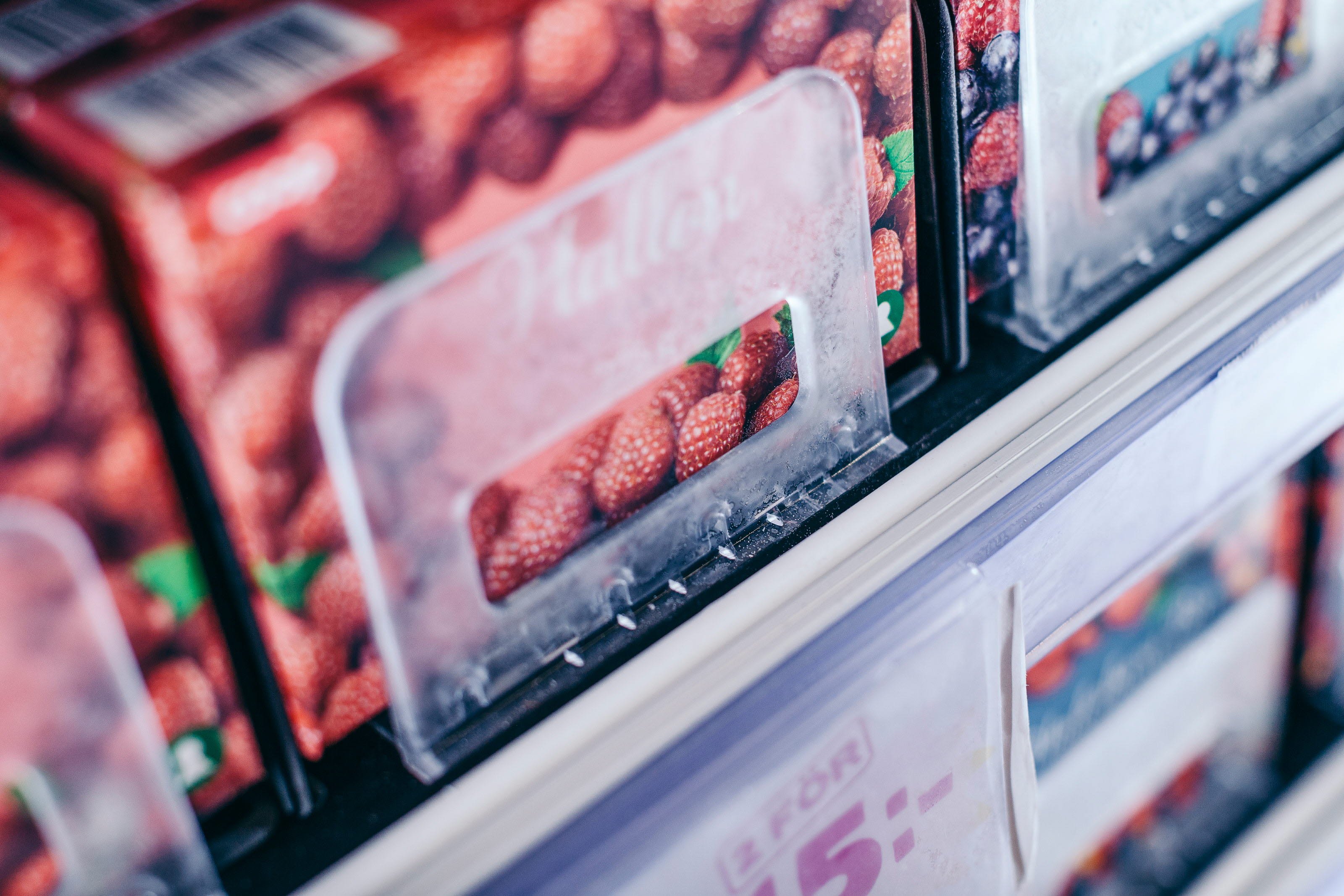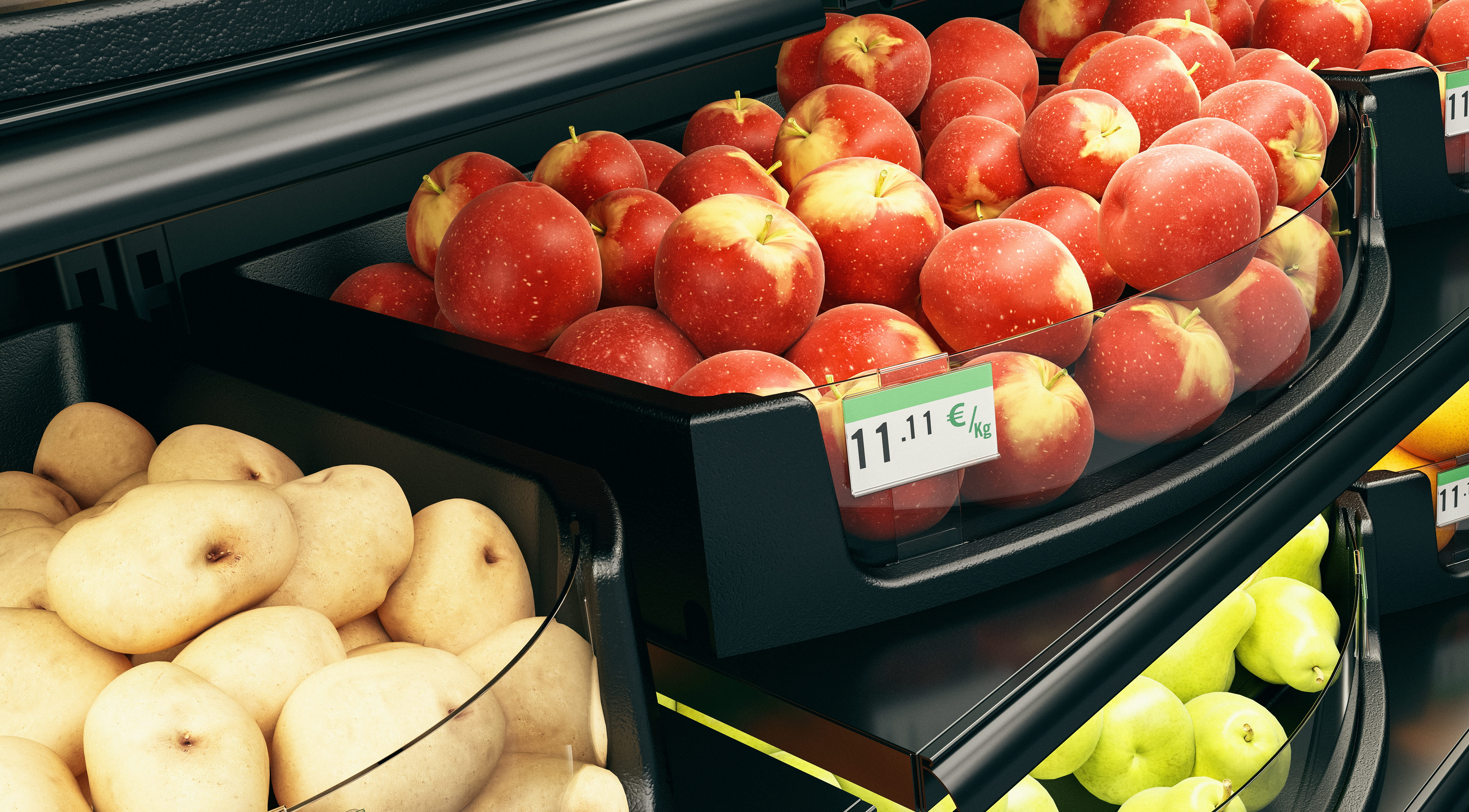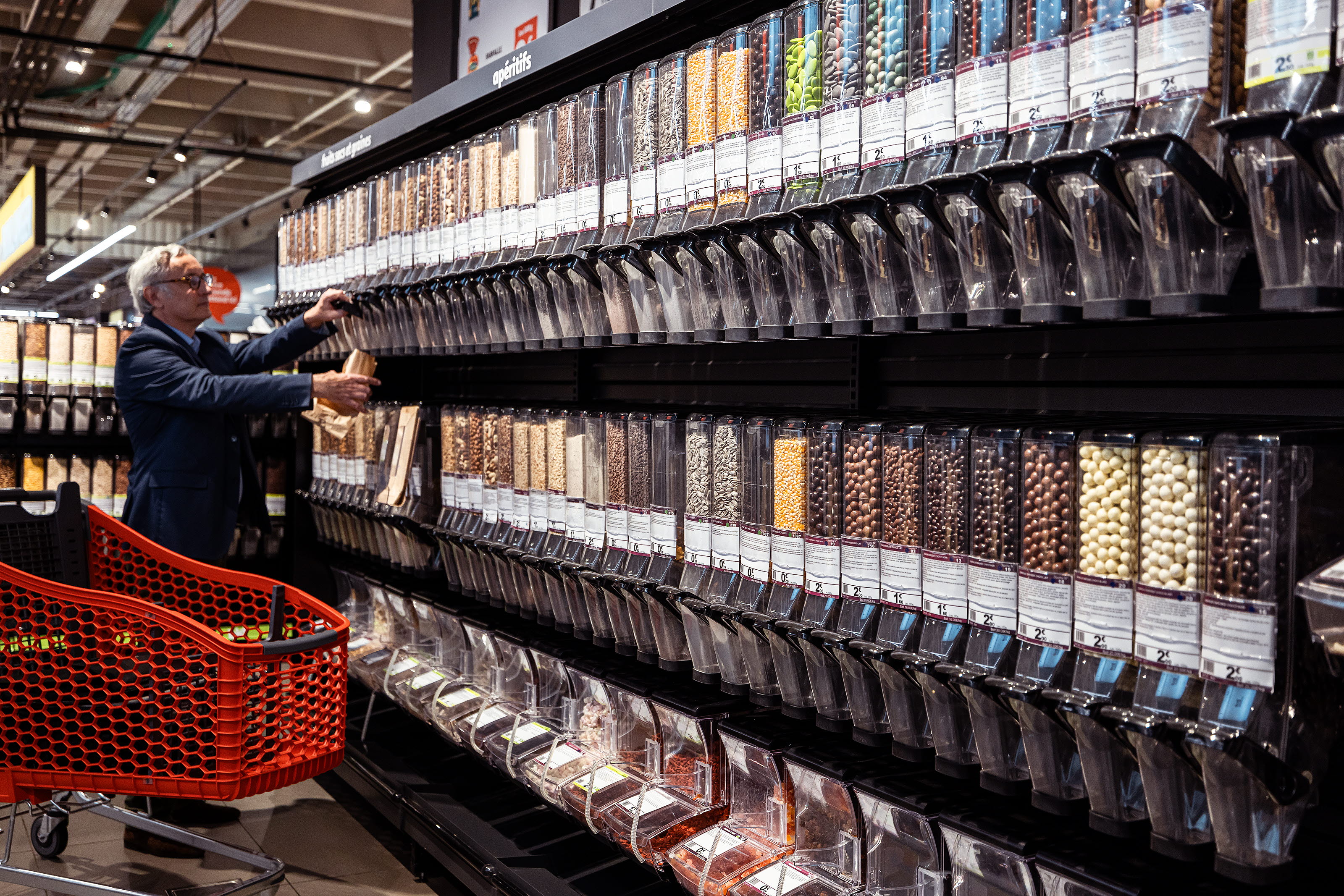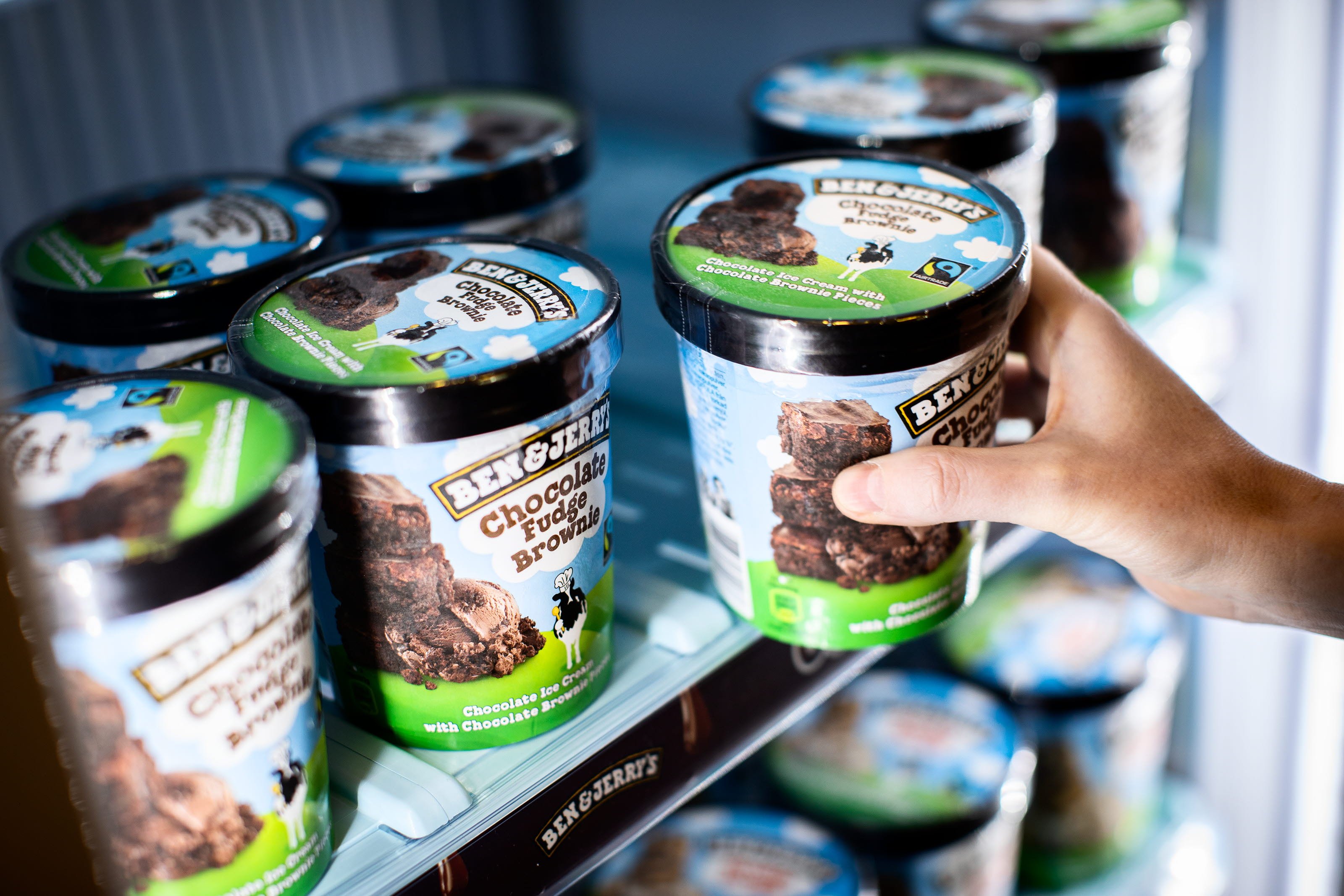
Reducing virgin plastic use and waste
Retail and consumer goods industries have a major role to play in reducing the usage of virgin plastic as well as plastic waste – we are here to support you.Plastic is a widely used material for a reason: it is light and durable, and plastic packaging can make products such as fresh produce last longer. However, given it is made from fossil fuels and the waste created when products are not used anymore, plastic usage is an urgent topic to address to protect the environment.
HL Sustainable Choice
In 2018, we launched HL Sustainable Choice, a growing range of sustainable merchandising solutions made of renewable or recycled materials to support you on your journey to a more sustainable store. The assortment is expanded constantly, to offer our customers an alternative to solutions made from virgin plastic.
HL circular offer
We have successfully closed the loop on plastic, by retrieving datastrips and dividers at the end of their life from stores, and recycling them into new products. Our ambition is to extend the value chain to include more retailers. Contact us to learn more!
Spinning circularity from windmills
Material that can be recycled into new products can come from unexpected sources. Read more about how we gave plastic waste from the production of windmills for energy production a second life as shelf dividers. Read more

G
The HL Sustainable Choice portfolio
Sustainable Choice customer cases
-
HL Recycled plastic
Recycling is key to reducing waste and moving from a linear to circular society. We have invested in equipment to enable us to recycle our own factory scrap, making sure that as little material as possible is wasted in the production process. In addition, we are sourcing post-consumer recycled material from external suppliers. Availability differs between different types of plastics. Most often recycled material is mixed with virgin material to ensure that our high-quality demands for the end product is met. Increased recycling is an efficient way to decrease the environmental footprint today.
-
HL Bioplastic
To move to a truly circular economy we need to use materials that come from renewable resources. That means that in the long run we need to avoid fossil-based plastics altogether. Together with KTH – Royal Institute of Technology in Stockholm, we engaged in a project to identify a bioplastic that can replace the PVC and ABS we currently use: PLA. PLA is a bioplastic made from renewable resources such as corn and sugar cane and it is biodegradable. PLA can also be used for injection moulding. Global production capacities for PLA are predicted to grow by 50 percent in the next five years. This will enable more efficient material production.
We partnered with KTH and IVL to develop products made of bio-based materials to reduce the use of fossil-based plastics in our products.
Learn how plastic affects the environment during its entire life cycle
